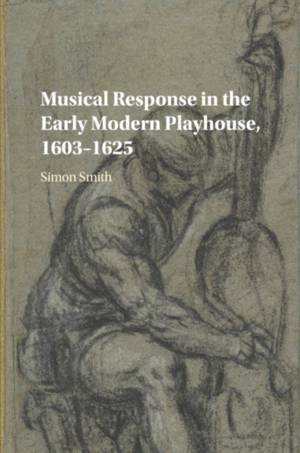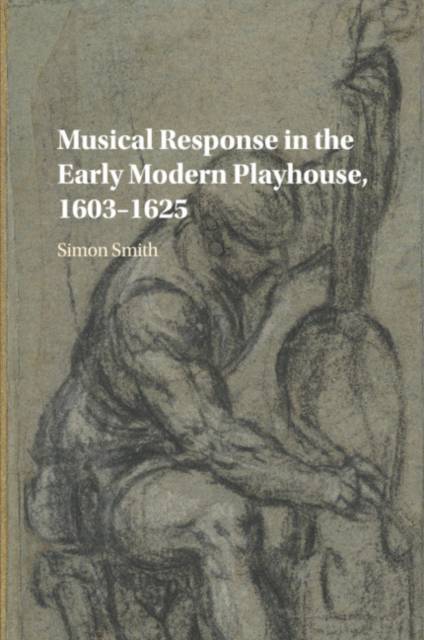
- Afhalen na 1 uur in een winkel met voorraad
- Gratis thuislevering in België vanaf € 30
- Ruim aanbod met 7 miljoen producten
- Afhalen na 1 uur in een winkel met voorraad
- Gratis thuislevering in België vanaf € 30
- Ruim aanbod met 7 miljoen producten
Zoeken
€ 64,95
+ 129 punten
Omschrijving
Presupposing no specialist musical knowledge, this book offers a fresh perspective on the dramatic role of music in the plays of Shakespeare and his early seventeenth-century contemporaries. Simon Smith argues that many plays used music as a dramatic tool, inviting culturally familiar responses to music from playgoers. Music cues regularly encouraged audiences to listen, look, imagine or remember at dramatically critical moments, shaping meaning in plays from The Winter's Tale to A Game at Chess, and making theatregoers active and playful participants in playhouse performance. Drawing upon sensory studies, theatre history, material texts, musicology and close reading, Smith argues for the importance of music in familiar and less well-known plays including Antony and Cleopatra, Othello, The Revenger's Tragedy, Sophonisba, The Spanish Gypsy and A Woman Killed With Kindness.
Specificaties
Betrokkenen
- Auteur(s):
- Uitgeverij:
Inhoud
- Aantal bladzijden:
- 264
- Taal:
- Engels
Eigenschappen
- Productcode (EAN):
- 9781316632369
- Verschijningsdatum:
- 13/09/2018
- Uitvoering:
- Paperback
- Formaat:
- Trade paperback (VS)
- Afmetingen:
- 152 mm x 229 mm
- Gewicht:
- 358 g

Alleen bij Standaard Boekhandel
+ 129 punten op je klantenkaart van Standaard Boekhandel
Beoordelingen
We publiceren alleen reviews die voldoen aan de voorwaarden voor reviews. Bekijk onze voorwaarden voor reviews.








